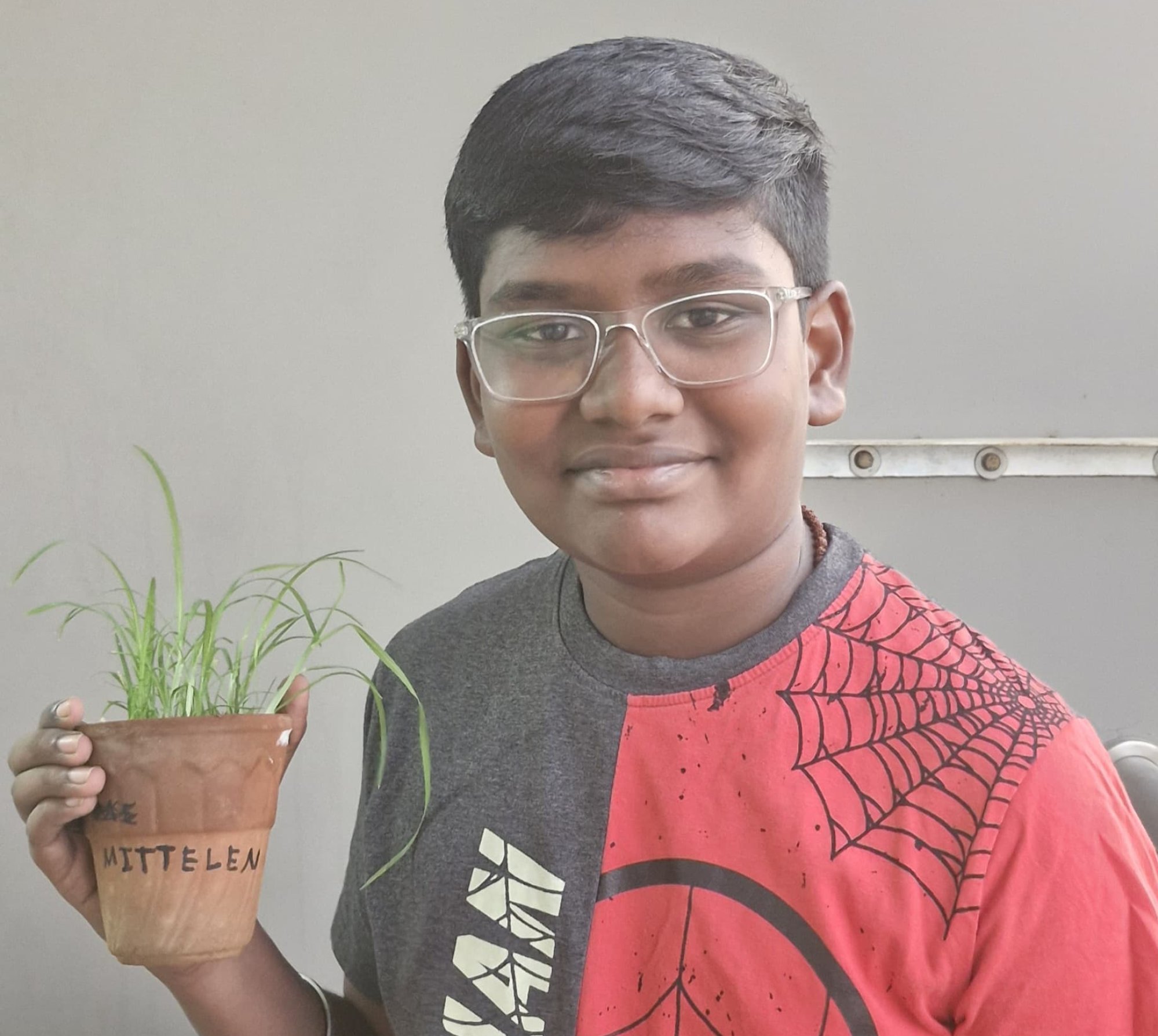
Why are more people in India eating millet? Is the ancient grain the flavour of the month?
- Millet-based foods are being served at official events and in restaurants across India as prices of the grain surge due to huge demand
- Nutritionists say millets could help alleviate Indians’ common health problems such as diabetes and undernourishment
For years, Thalin Raj ignored his parents’ advice to eat millet at breakfast because of its bland taste. But the 12-year-old student’s interest in the grain was piqued after he took part in a millet planting campaign in the Indian city of Chennai in January with thousands of other children.
Raj brought some pearl millet seedlings home after the event and began to nurture the grain. These days, he insists that his parents serve him several varieties of millet at breakfast and with his evening snacks.
“I love eating finger, foxtail and sorghum millets in my dosa, paniyaram [dumplings made with lentils and rice] and puttu [steamed rice cake],” Raj told This Week In Asia. “Now I understand its health benefits.”

In the past few years, more food and drink companies in India have launched millet-based cereals, biscuits, and flour. Vegetarian and vegan restaurants across Indian cities have also been offering millet-based meals.
While India is the world’s largest producer of millets – with an output of 13,506 tonnes over the 2022-23 market year – the grain has limited domestic appeal for years with its consumption limited mostly to rural areas. But a recent surge in demand, coupled with poor weather, led to prices of certain millet varieties surging by 40 to 100 per cent late last year, with millet-based companies reportedly struggling to ramp up production.
Millet was once commonplace in India until it was displaced by wheat and rice as the most popular basic food items several decades ago.
Urban sketchers showcase beauty of India’s cityscapes, 1 drawing at a time
Mysore-based holistic scientist Khadar Vali, who has been raising awareness about millets in India for the past 30 years, said that many Indians are beset with health problems because of their poor diet and lack of nutrition knowledge.
“Indians suffer from diabetes, high cholesterol, obesity and hypertension due to their lifestyles and unhealthy food habits,” Vali said.
About 11.4 per cent of Indians suffered from diabetes, according to a 2023 Lancet study. A 2023 World Health Organization study showed that 31 per cent of adults in India aged between 30 and 79 had hypertension.
According to the 2023 Global Hunger Index report, undernourishment in India rose to 16.6 per cent last year.
Among Indian boys and girls aged 15-19, 31.1 per cent and 59.1 per cent of them, respectively, were found to be anaemic, based on Indian government surveys conducted from 2019 to 2021.

When Vali started a millet awareness campaign in 1997, he was shocked to discover that many rural Indians were using millet only to feed livestock since they also considered the grain an ancient food just like urban Indians.
Millet is a healthy grain that can provide various health benefits to consumers, according to Vali. For instance, foxtail millet is beneficial for the respiratory system while browntop millet can help ease constipation and gastric ulcers, Vali said.
Seema Gulati, head of the Nutrition Research Group at the Delhi-based non-profit Center for Nutrition & Metabolic Research, also highlighted millet’s rich nutritional value, saying it can help improve digestion and cardiovascular functions.
“These grains are abundant in fibre, protein, vitamins and minerals, which are essential for a balanced diet,” Gulati told This Week In Asia. “Millets are especially advantageous for people who suffer from gluten allergies since they are gluten-free.”
Gulati said increasing awareness about traditional and healthy food choices as well as initiatives by nutritionists and others to promote millets as sustainable and nutritious alternatives have led to their rising popularity in urban areas.
Bengaluru’s aim to microchip 140,000 stray dogs sparks animal welfare concerns
One such organiser is Vasuki Vinothini S, chairman of Kurukshetra IAS Academy, a research and training institution, who helped distribute 20 millet varieties such as finger, sorghum, and pearl to students at the same millet planting event attended by Raj.
Vinothini S’s objective was to create awareness about the plight of “hidden hunger” suffered by over 80 per cent of India’s teenagers. The term refers to a deficiency of micronutrients such as iron, zinc and Vitamin A, which can adversely affect children’s health and learning ability.
“After the programme, children reduced their fast-food intake and increased millet consumption in their daily diet,” Vinothini S said. “Children are spreading awareness about the benefits of eating millet among their parents as well.”
Millets should be consumed in moderation and complement other nutritional food items such as fruits, Gulati said.
“While millets are important to maintain a balanced diet, relying solely on them is not advisable because the key to good health and well-being is to have a well-rounded nutritional intake,” Gulati added.
Beyond their nutritional benefits, millets are also suitable for mass farming in hot weather as they can withstand temperatures of up to 45 degrees Celsius and require little water and fertilisers, according to Vali.
For instance, millets such as kodo, foxtail, little and barnyard need as little as 10 centimetres of rainfall, he added.
Given the numerous benefits of eating millet, Raj is confident that his regular consumption of the grain will help increase his endurance level and chances of becoming an excellent volleyball player.
The student added, “Our ancestors consumed millet to be strong. It’s time for us to follow their path.”

